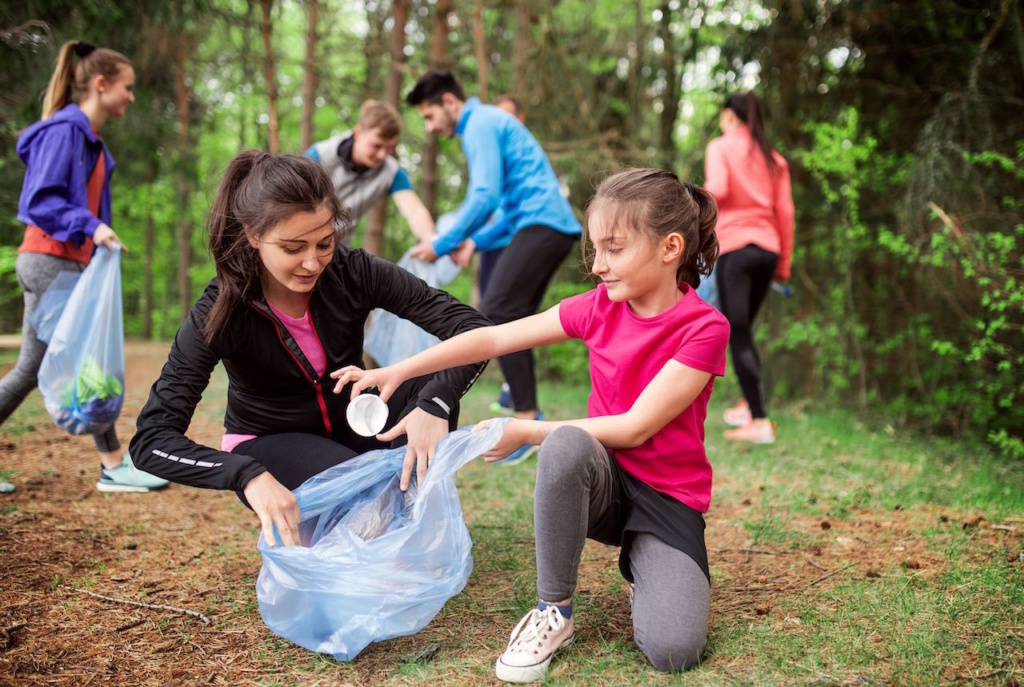
If Education for Sustainable Development and Global Citizenship is to be embedded across the curriculum we need a plan. Since I began writing curriculum materials in 1985, I have researched and developed a curriculum planning tool that has proved helpful to teachers.
The planning tool is divided into five stages: all are important and need to be addressed whether you are working with nursery or Key Stage 4. However, the first two stages will be the main focus with younger children and the last three with older students. The activities in the rest of the magazine have all been informed by the planning tool.
Stage 1: Aesthetic understanding
Unless we care about the planet and feel an emotional connection to the natural world, we are unlikely to feel passionate about protecting it. Aesthetic understanding is developed through activities designed to help children and young people, and indeed all of us, appreciate the beauty and wonder of the natural world. Increasingly research suggests our mental health is improved if we feel connected to nature and recognise that we are all part of a balanced ecosystem. Aesthetic understanding helps us feel part of not apart from the natural world.
Stage 2: Ecological Understanding
To properly understand what is happening to our planet we need to know how natural systems work and how everything is connected. Ecology is perhaps the most important of the sciences to teach our young people. The current crisis has been caused by linear thinking, by people not recognising that we live in systems that are all connected and all feedback to each other. The problem with plastic, for example, is that we haven’t taken account of plastics’ non-biodegradability. Natural systems cannot absorb it. If we understood ecology, we would know that is a serious problem. Most of the damage we have done and continue to do to the earth ignores the fact that we live in a finite world. We are the human component in the biosphere and when we damage the planet we damage ourselves.
Stage 3: What is happening?
Unless our young people care about the planet and understand its natural systems, they can’t understand the climate emergency. All across the globe we are witnessing climate change in action. The fires in Australia, flooding in Indonesia, loss of biodiversity, plastics in our oceans – all these things are happening now. If we are to properly prepare young people for the changes that are already happening that will accelerate in the future, they need to know what is happening. But this is not enough, for every topic taught, planning needs to include Stages 4 and 5 of our planning tool.
Stage 4: Why is it happening?
Our students need to understand not only what is going wrong, but why it is happening. Often teachers shy away from looking at causes of climate change outside the scientific facts, yet the problems are caused by people, by business and by government. Young people deserve to know the truth if they are to understand what needs to change.